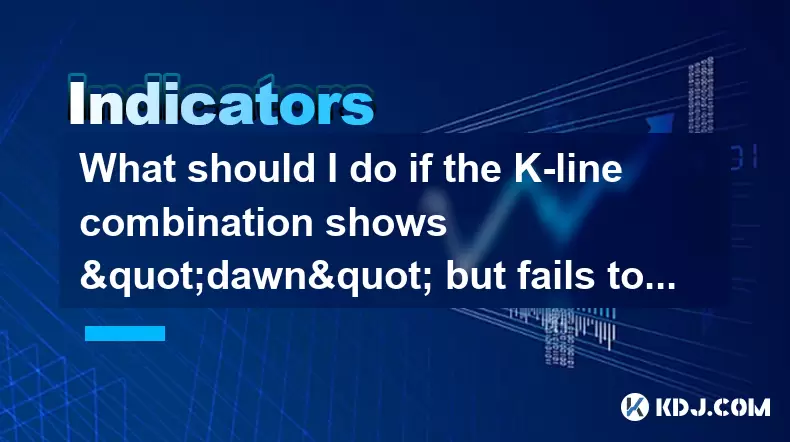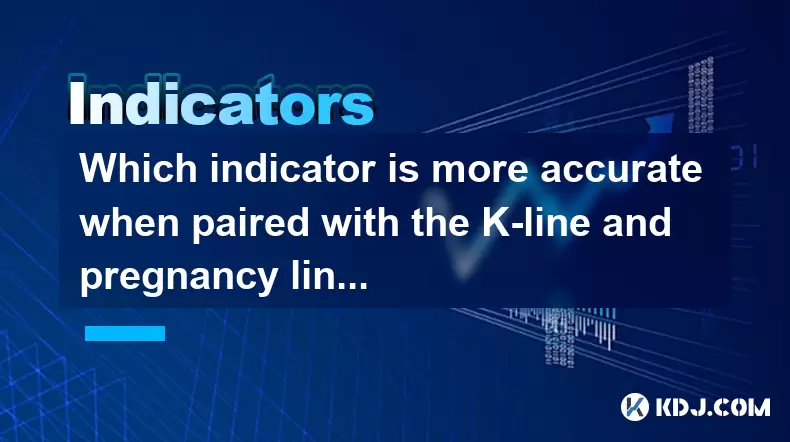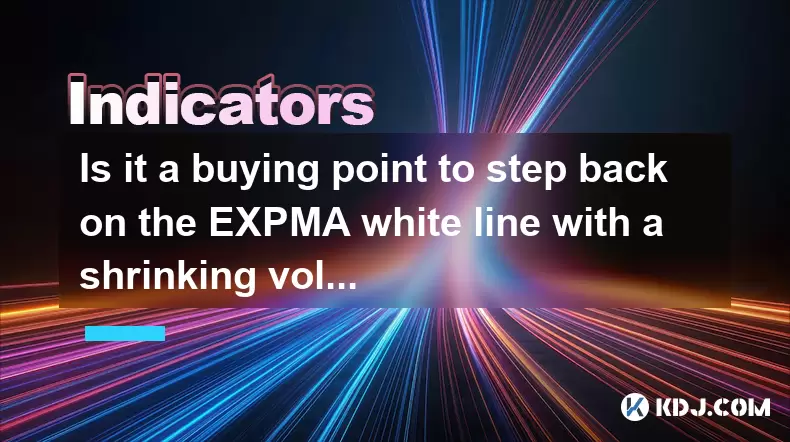-
 Bitcoin
Bitcoin $119300
1.07% -
 Ethereum
Ethereum $3730
3.87% -
 XRP
XRP $3.235
0.29% -
 Tether USDt
Tether USDt $1.000
0.00% -
 BNB
BNB $783.5
1.88% -
 Solana
Solana $188.7
0.25% -
 USDC
USDC $0.0000
-0.01% -
 Dogecoin
Dogecoin $0.2399
-0.44% -
 TRON
TRON $0.3157
2.37% -
 Cardano
Cardano $0.8254
1.94% -
 Hyperliquid
Hyperliquid $42.83
0.14% -
 Stellar
Stellar $0.4372
3.21% -
 Sui
Sui $3.859
4.91% -
 Chainlink
Chainlink $18.53
3.53% -
 Hedera
Hedera $0.2464
0.01% -
 Bitcoin Cash
Bitcoin Cash $519.8
2.46% -
 Avalanche
Avalanche $24.24
2.17% -
 Litecoin
Litecoin $113.7
0.73% -
 UNUS SED LEO
UNUS SED LEO $8.990
0.30% -
 Shiba Inu
Shiba Inu $0.00001390
0.21% -
 Toncoin
Toncoin $3.188
1.49% -
 Ethena USDe
Ethena USDe $1.001
0.02% -
 Polkadot
Polkadot $4.090
-0.91% -
 Uniswap
Uniswap $10.40
4.08% -
 Monero
Monero $326.6
3.12% -
 Bitget Token
Bitget Token $4.627
-0.42% -
 Pepe
Pepe $0.00001281
0.76% -
 Dai
Dai $1.000
0.01% -
 Aave
Aave $291.6
0.98% -
 Cronos
Cronos $0.1269
7.26%
What should I do if the K-line combination shows "dawn" but fails to confirm with large volume the next day?
The Morning Star pattern suggests a potential bullish reversal, but traders should wait for volume confirmation and additional technical signals before acting.
Jun 29, 2025 at 01:36 am

Understanding the "Dawn" K-Line Pattern
The "dawn" K-line pattern, also known as the Morning Star, is a bullish reversal candlestick formation typically observed at the end of a downtrend. It consists of three candles: a large bearish candle, followed by a small-bodied candle (often a doji or spinning top), and then a large bullish candle that closes above the midpoint of the first candle. Traders often interpret this setup as a sign that market sentiment is shifting from selling to buying pressure.
However, one common issue many traders face is when this classic pattern appears but fails to confirm with a significant increase in trading volume the following day. This can lead to confusion and hesitation in making trade decisions.
Why Volume Confirmation Matters
Volume plays a crucial role in validating any candlestick pattern, especially in cryptocurrency markets where volatility and manipulation are frequent. A Morning Star without strong volume confirmation on the third candle may indicate weak participation from institutional buyers or simply be a false signal.
- High volume during the third bullish candle suggests strong buyer conviction.
- Low or average volume could mean the rally lacks strength and might reverse shortly.
In such cases, it's important not to take immediate action solely based on the candlestick pattern. Instead, wait for additional signals before entering a trade.
Evaluating Market Context and Trend Strength
Before reacting to a failed volume confirmation, consider the broader market environment. Is Bitcoin or Ethereum trending upward or downward? Are there any major news events or macroeconomic factors influencing price?
If the overall trend remains bearish, even a textbook Morning Star pattern may not result in a sustainable reversal. In such situations:
- Look for support levels near the pattern to assess potential bounce scenarios.
- Check if other technical indicators like RSI or MACD align with the bullish signal.
- Observe whether altcoins are showing similar patterns or diverging.
This helps determine whether the pattern has enough contextual strength to still be useful despite low volume.
Adjusting Your Trading Strategy
When a Morning Star appears but lacks volume confirmation, consider adopting a more cautious approach rather than ignoring the pattern entirely. Here are some strategies you can implement:
- Use smaller position sizes: If you decide to enter a trade, reduce your exposure until the price shows further strength.
- Place tight stop-loss orders: Protect yourself in case the pattern fails completely and the downtrend resumes.
- Wait for retest of resistance or neckline: Sometimes, after forming a bullish pattern, prices retest key levels before continuing higher.
By adjusting your strategy, you can avoid being caught off guard by false breakouts or sudden sell-offs.
Monitoring Price Action After the Pattern
Even if volume doesn't spike the next day, monitoring how the price behaves in the subsequent sessions is critical. The absence of high volume doesn't necessarily invalidate the pattern immediately. Sometimes, the momentum builds gradually over time.
Watch for:
- Bullish engulfing candles appearing after the pattern.
- Breakout above recent swing highs or moving averages.
- Increased volume in the days following the pattern.
These signs can help confirm whether the initial Morning Star was indeed a valid reversal or just noise in the market.
Integrating Other Technical Tools for Confirmation
Relying solely on candlestick patterns can be risky, especially in crypto markets. To enhance your decision-making process, integrate other tools into your analysis:
- Fibonacci retracement levels: See if the pattern forms near key Fibonacci zones.
- Moving averages: Check if the price is holding above short-term or long-term MAs.
- Order block analysis: Look for imbalances or accumulation zones around the pattern.
Combining these elements with the Morning Star can significantly improve the reliability of your trades, even when volume doesn’t behave as expected.
Frequently Asked Questions
Q1: Can I still trade the Morning Star if volume is low on the third candle?
Yes, but with caution. You can treat it as a potential reversal signal and wait for additional confirmation like a breakout or stronger volume in the following candles before entering a trade.
Q2: How long should I wait for volume confirmation after a Morning Star?
There’s no fixed timeframe, but watching the next 1–3 candles is usually sufficient. If volume remains consistently low and price doesn’t move higher, consider the pattern invalid.
Q3: Does the Morning Star work better on certain timeframes in crypto?
It tends to be more reliable on higher timeframes like 4-hour or daily charts. Lower timeframes can produce too much noise and false signals in volatile crypto markets.
Q4: What other candlestick patterns complement the Morning Star in crypto trading?
Patterns like the Hammer, Bullish Engulfing, and Piercing Line can reinforce the bullish signal when they appear near or after a Morning Star, especially if volume supports the move.
Disclaimer:info@kdj.com
The information provided is not trading advice. kdj.com does not assume any responsibility for any investments made based on the information provided in this article. Cryptocurrencies are highly volatile and it is highly recommended that you invest with caution after thorough research!
If you believe that the content used on this website infringes your copyright, please contact us immediately (info@kdj.com) and we will delete it promptly.
- TRON, Crypto Payroll, and Stablecoins: A New York Minute on the Future of Finance
- 2025-07-25 08:30:11
- WazirX, Revote, and Crypto Unlock: A New York Minute on the Latest Developments
- 2025-07-25 06:50:11
- Hong Kong Stablecoin Regulation: Navigating the Hype and Hurdles
- 2025-07-25 08:30:11
- Bitcoin LTHs, CDD Ratio, and Distribution: What's the Deal?
- 2025-07-25 08:50:12
- Satoshi-Era Bitcoin Whale Awakens: $469 Million in BTC on the Move
- 2025-07-25 06:30:11
- TIA Tokens, Crypto Shift & Ripple Effect: What's the Deal?
- 2025-07-25 07:10:11
Related knowledge

Should I go all in when DIF crosses DEA?
Jul 25,2025 at 12:42am
Understanding DIF and DEA in MACD AnalysisWhen traders analyze DIF and DEA in the context of the Moving Average Convergence Divergence (MACD) indicato...

Should I go all in when the upper edge of the box is broken?
Jul 25,2025 at 01:50am
Understanding the 'Box' in Cryptocurrency Price ChartsThe term 'box' in cryptocurrency trading typically refers to a price consolidation range where t...

Should I go all in when the parabolic turning signal appears?
Jul 25,2025 at 06:36am
Understanding the Parabolic Turning Signal in Crypto TradingThe parabolic turning signal is a technical indicator derived from the Parabolic SAR (Stop...

Should I follow up with a full position when the trading volume suddenly increases?
Jul 25,2025 at 12:28am
Understanding Sudden Increases in Trading VolumeA sudden spike in trading volume often signals heightened market activity and can indicate that new in...

Which indicator is more accurate when paired with the K-line and pregnancy line combination?
Jul 25,2025 at 05:43am
Understanding the K-Line and Pregnancy Line CombinationThe K-line, also known as the Japanese candlestick chart, is a foundational tool in technical a...

Is it a buying point to step back on the EXPMA white line with a shrinking volume?
Jul 25,2025 at 08:56am
Understanding the EXPMA Indicator and Its White LineThe Exponential Moving Average (EXPMA) is a technical analysis tool widely used in cryptocurrency ...

Should I go all in when DIF crosses DEA?
Jul 25,2025 at 12:42am
Understanding DIF and DEA in MACD AnalysisWhen traders analyze DIF and DEA in the context of the Moving Average Convergence Divergence (MACD) indicato...

Should I go all in when the upper edge of the box is broken?
Jul 25,2025 at 01:50am
Understanding the 'Box' in Cryptocurrency Price ChartsThe term 'box' in cryptocurrency trading typically refers to a price consolidation range where t...

Should I go all in when the parabolic turning signal appears?
Jul 25,2025 at 06:36am
Understanding the Parabolic Turning Signal in Crypto TradingThe parabolic turning signal is a technical indicator derived from the Parabolic SAR (Stop...

Should I follow up with a full position when the trading volume suddenly increases?
Jul 25,2025 at 12:28am
Understanding Sudden Increases in Trading VolumeA sudden spike in trading volume often signals heightened market activity and can indicate that new in...

Which indicator is more accurate when paired with the K-line and pregnancy line combination?
Jul 25,2025 at 05:43am
Understanding the K-Line and Pregnancy Line CombinationThe K-line, also known as the Japanese candlestick chart, is a foundational tool in technical a...

Is it a buying point to step back on the EXPMA white line with a shrinking volume?
Jul 25,2025 at 08:56am
Understanding the EXPMA Indicator and Its White LineThe Exponential Moving Average (EXPMA) is a technical analysis tool widely used in cryptocurrency ...
See all articles

























































































